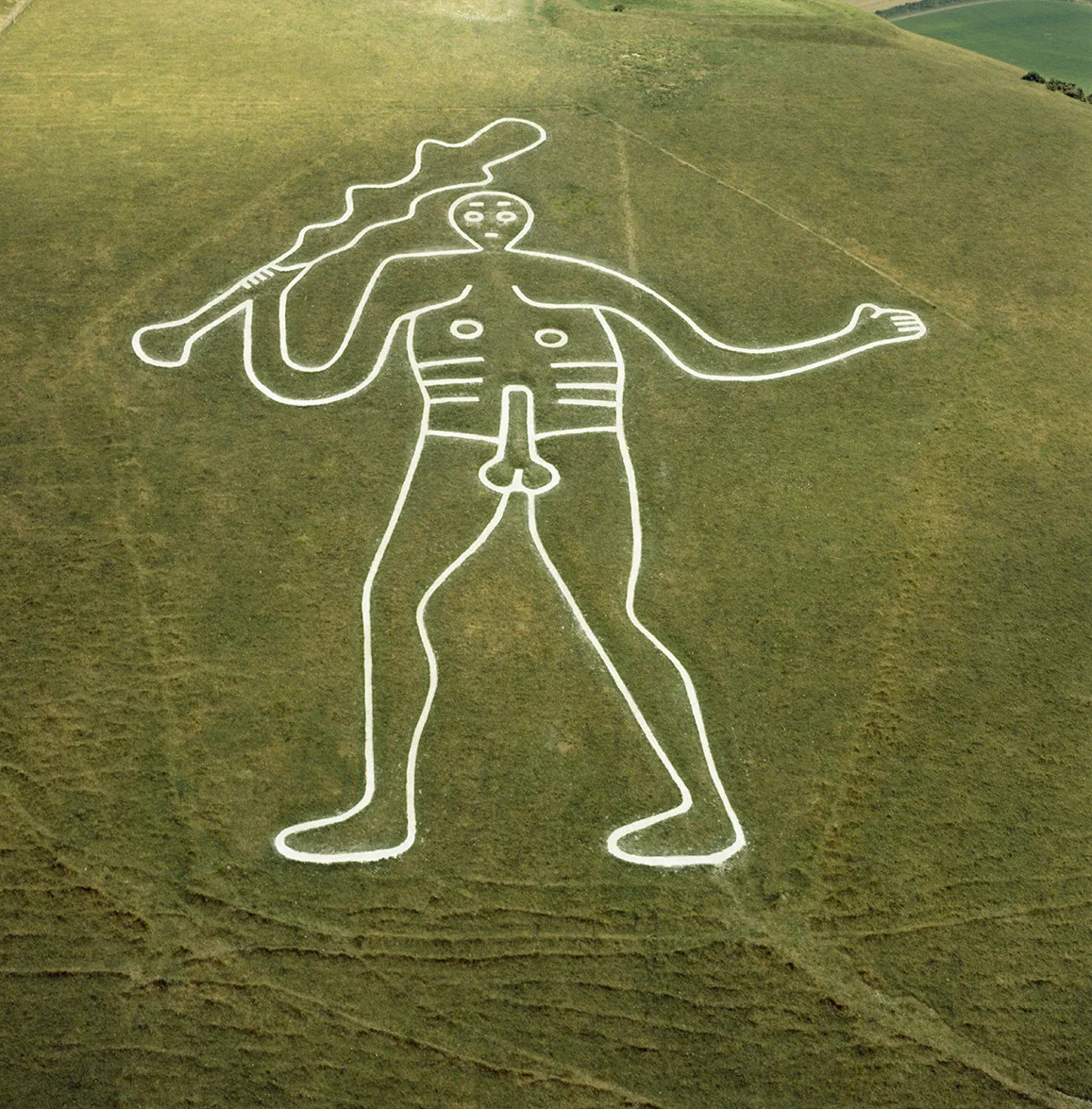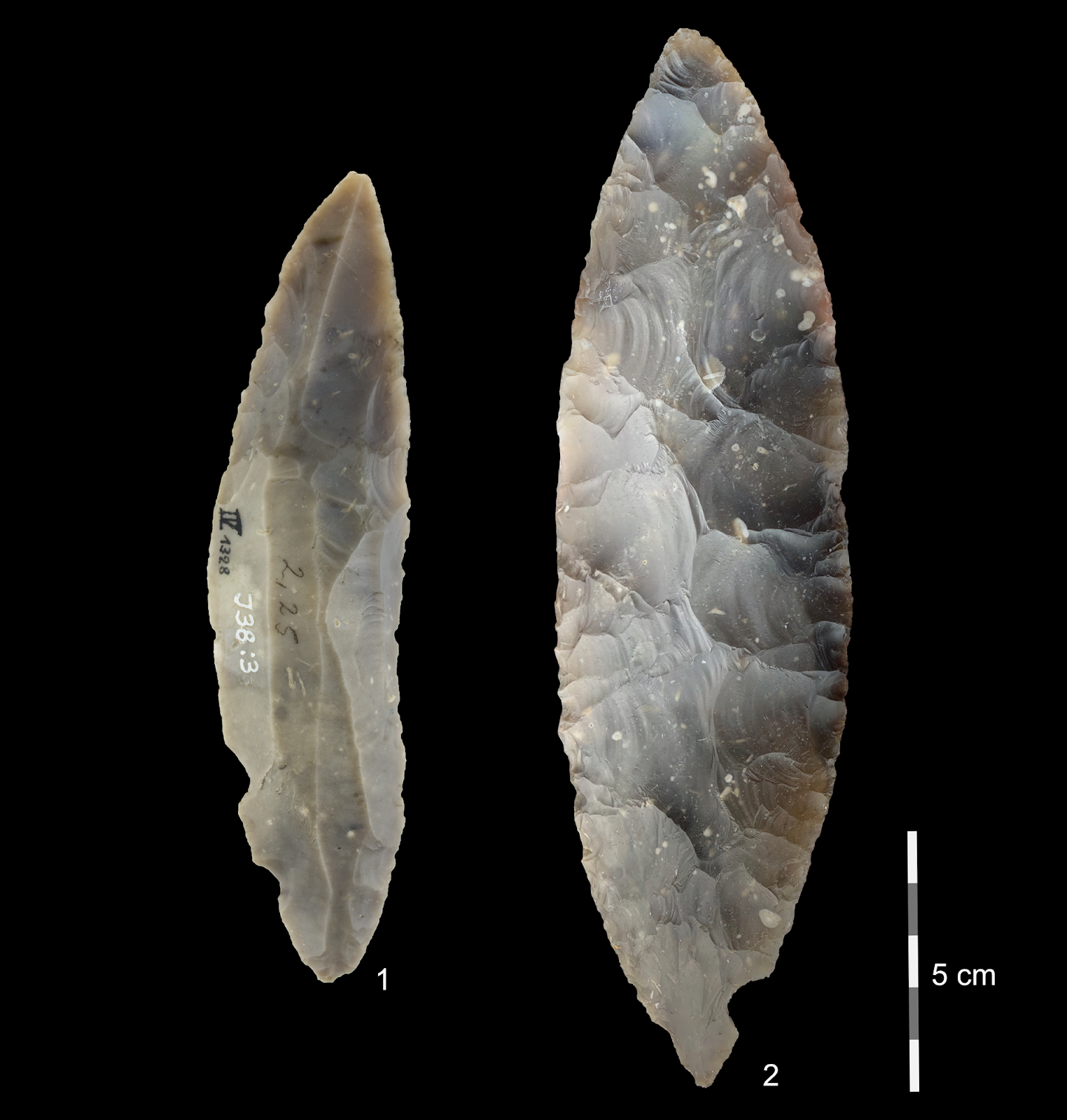The winter of 1962–63 was something else. It deserves a special mention. It came almost as a punctuation mark for me as my life was about to change when I left school and entered the working class in Oxford.
I was the village’s provider of Sunday newspapers! I felt I had an important job to do because without me, no–one would have anything to read on Sunday mornings! It was my sacred duty to get the Sunday newspapers delivered!
So, on Sunday, 30th December 1962 I got up as usual to go to Charlbury to buy my 60 newspapers for which I charged a penny each for delivery. I noticed there had been some snow and, unusually, the snow on the lower window frame on the back door seemed to be three or four inches up the glass.
The winter had actually started a few days earlier with snow on Boxing Day, the next best thing to a white Christmas, but it was nothing more than the usual few inches which everyone assumed would be gone in a few days. How wrong we were, as I was about to find out!
I opened the door to go to the outside toilet. A pile of snow fell into the kitchen. The back yard was full of snow, literally. It wasn't just piled up on the edges of the windowpanes, but against the door itself.
I went out of the front door to find the world had changed beyond recognition! The Lane was full of snow! A snowdrift came straight off our garage roof, across the front garden, over the garden wall and up to the wall of the house opposite. It was deeper by far than my, by now, 5 feet 10 inches.
And the snow was still falling thick and fast, driven by a gale-force wind! Southern England was in the grip of a major blizzard not seen since 1947 and probably much earlier. Bitterly cold Arctic winds drove the dry, powdery snow into every hollow and piled it up until the hollow was full, then moved on to fill the next, deeper hollow, until the countryside was a smooth as plastered wall.
But the newspapers had to get through!
So, donning wellies with two pairs of thick socks, jumpers, overcoat, scarves – one over my head and over my mouth, another round my neck twice – a balaclava helmet and two pairs of gloves, I slung my paper bag, made out of an old hessian corn sack, over my shoulder and set out. It was a strange landscape, but Main Road wasn’t too deeply covered. There were no car tracks!
I trudged up through the village to just beyond the Finstock turn, marveling at the deepening drifts, and even stopping to help a man trying to get his car out of his drive. He wasn't going to get very far. It was there I met our neighbour’s son-in-law walking over from Charlbury to check on her.
“You goin’ to get yer papers?” he asked incredulously.
“Well, Dad can’t drive me so I’m walkin’!” I explained.
“Well, turn round and go ‘ome” he said. “No–one’s goin’ to get their papers today!”
“Is it that bad?”
“Corse it is! Even the trains ent runnin! Nothin’s movin’ anywhere.”
So, I turned round and walked ‘ome with him, and had a cup of hot soup made out of the remains of the Christmas goose. The village was totally shut off! For the first time on my watch, the Sunday newspapers had not been delivered.
We dug out the lane down to The Green so people could get to Wally Scarrot's shop, but the shop couldn’t get supplies in and was beginning to run down as a village shop anyway, as people got cars and could shop at the new supermarkets in Witney and Chipping Norton. The bakery had ceased to operate several years earlier.
It was a time for community action!



































